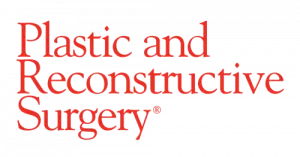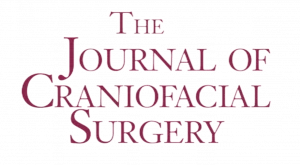Publications

Secondary Facial Gender Surgery: Causes of Poor Outcomes and Strategies for Avoidance and Correction
This Special Topic categorizes unsatisfactory outcomes encountered after forehead surgery, lower jaw surgery, and thyroid chondroplasty, key steps to avoid these pitfalls, and strategies for structured analysis and operative planning in revision cases.

Standards of Care for the Health of Transgender and Gender Diverse People, Version 8
The overall goal of SOC-8 is to provide health care professionals (HCPs) with clinical guidance to assist TGD people in accessing safe and effective pathways to achieving lasting personal comfort with their gendered selves with the aim of optimizing their overall physical health, psychological well-being, and self-fulfillment.

Shaping the Lower Jaw Border with Customized Cutting Guides: Development, Validation, and Application in FGAS
Three-dimensional planning software is not standardized in facial gender-affirming surgery. This article develops and validates surgical planning software to create cutting guides to contour the lower jaw border.

Atlas of Operative Techniques in Gender Affirmation Surgery
As transgender and gender non-binary individuals are a growing demographic, the number of patients seeking gender confirmation surgery is increasing. Atlas of Operative Techniques in Gender Affirmation Surgery is a highly illustrated and practical guide to the different types of gender affirmation surgery.

Masking Gender: The Impact of Facial Coverings on Gender Recognition
Video conferences and masking have increased focus on the upper facial third. In the transgender community, this increased focus on the face could have substantial effects on facial gender recognition, leading to exacerbation of facial gender dysphoria.

Facial Gender Surgery: Systematic Review and Evidence Based Consensus Guidelines from the IFGS
Facial gender surgery aims to modify patients’ facial features to be more congruent with their physical expression of gender, reducing gender dysphoria and improving quality of life.

ESSM Position Statement “Sexual Wellbeing After Gender Affirming Surgery”
This article aims to review the impact of various GAS on sexual wellbeing in treatment seeking trans individuals, and provide a comprehensive list of clinical recommendations regarding the various surgical options of GAS on behalf of the European Society for Sexual Medicine.

The Upper Third in Facial Gender Confirmation Surgery: Forehead and Hairline
Surgical modification of the frontonasoorbital complex is reliable and predictable, and also delivers satisfactory results that are stable over time. A prototypical male hairline has an M-shaped pattern compared to the more rounded shape often seen in female hairlines.

Facial Gender Confirmation Surgery: The Lower Jaw. Description of Surgical Techniques and Presentation of Results
This article describes the surgical techniques and material used to feminize the mentomandibular complex, including bone contouring, chin and mandibular body and angle ostectomies, and osteotomies to reposition the chin.

Facial Feminization Surgery: Simultaneous Hair Transplant during Forehead Reconstruction
After the forehead, the hairline pattern is the second most important feature of gender identification within the upper third of the face. This article describes a new surgical sequence in which reconstruction of the frontonasoorbital complex and redefinition of the hairline by means of an autologous hair transplant are carried out during the same operation.

Technical and Clinical Considerations for Facial Feminization Surgery With Rhinoplasty and Related Procedures
Together with the forehead reconstruction, feminization of the nose is one of the most common procedures in facial feminization surgery. Rhinoplasty surgical techniques, which provide correct support and stability in the mid to longterm, are essential for obtaining a predictable result.

Facial Gender Confirmation Surgery: A New Nomenclature
The term Facial Gender Confirmation Surgery indicates that although the surgical techniques are the same, their objective is very distinct and, moreover, they are intended for specific patients with well-defined needs.
